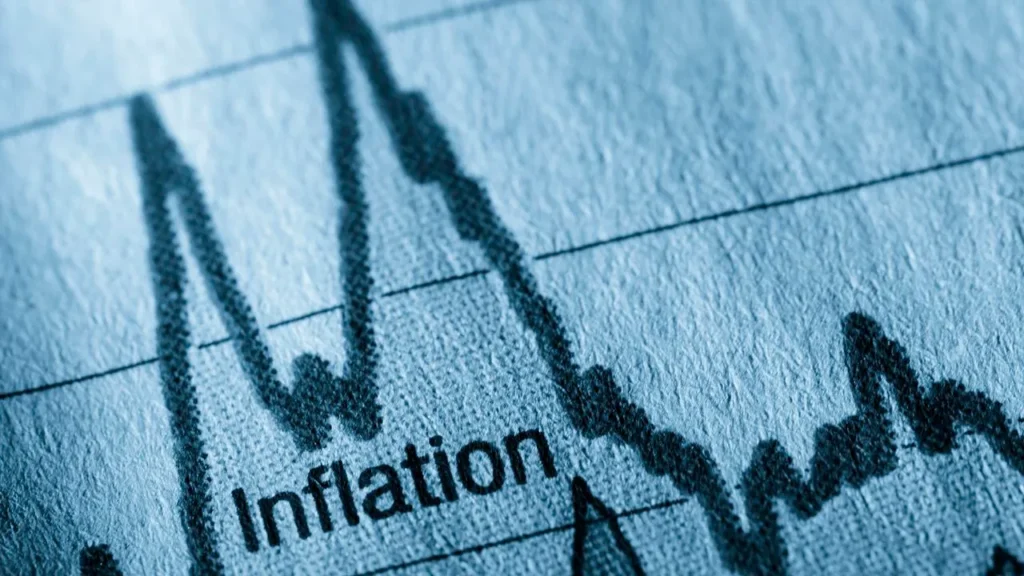In May 2024, the United States experienced a marginal decline in annual inflation, dropping to 3.3% from April’s 3.4%. This slight reduction marks a continued effort to stabilize prices after a period of heightened inflation, inching closer towards the Federal Reserve’s target of 2%.
Core inflation, which excludes volatile food and energy prices, saw a modest increase of 0.2% in May. However, despite the overall decline, the core rate dipped to 3.4% from April’s 3.6%, indicating persistent underlying price pressures.
The rise in housing and healthcare costs were identified as key drivers of this inflation. While the growth in housing expenses appears to be slowing down, healthcare costs are on the rise, fueled by increased wages in the medical sector.
The Federal Reserve has maintained interest rates at a steady level of 5.25% to 5.50%, demonstrating a cautious approach in light of conflicting economic signals. The juxtaposition of strong job growth and economic expansion against ongoing inflationary pressures has created a complex landscape for monetary policy decisions.
This prudent strategy adopted by the Fed underscores the intricate path towards subdued inflation. With the economy exhibiting robust activity, the central bank’s future actions will play a crucial role in shaping economic stability.
